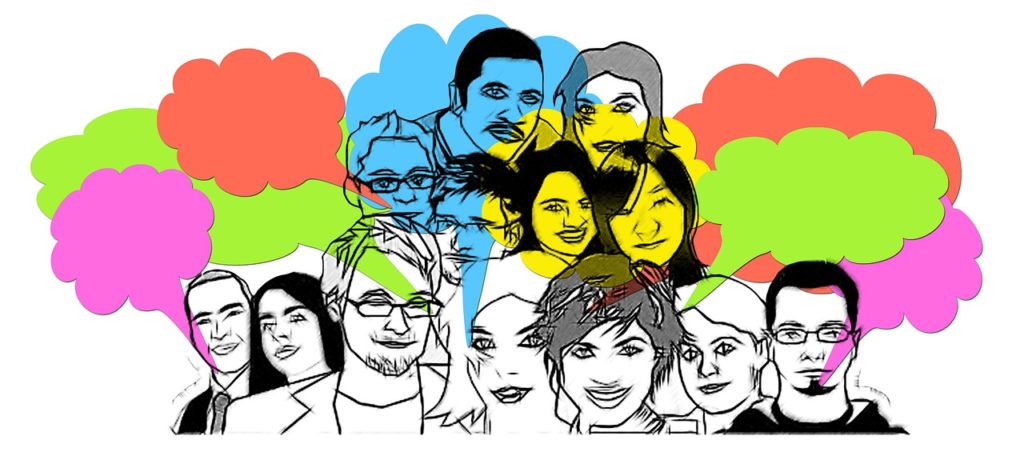Amyotrophic lateral sclerosis (ALS) is a disease characterized by damage to nerve cells, resulting in a loss of control over the body itself. This leaves most patients in a paralyzed and non-communicative state. Most patients with ALS depend on ocular tracking devices to communicate with others. However, these systems are not very practical since they require daily recalibration by engineers. In addition to this, 1 in 3 patients with ALS will eventually lose the ability to control their eye movements, making these devices useless and leaving patients in a “blocked state”.
The progressive technology.

All this changed with Hanneke De Bruijne, a 58-year-old woman who was previously a doctor of internal medicine in the Netherlands. Diagnosed with ALS in 2008, like many others with the disease, De Bruijne previously relied on these eye tracking devices, but her new system has drastically increased her quality of life. After two years, De Bruijne was “almost completely locked up,” according to Nick Ramsey at the Brain Center of the Utrecht University Medical Center in the Netherlands, even with a respirator to control his breathing.
She became the first patient to use a newly developed home device that allows her to control a computer device with her thoughts. Two electrodes were surgically implanted in De Bruijnen’s brain area of the motor cortex. The new implants in the brain read the electrical signals from the brain and can complete the Bruijne-data through communication with another electrode implanted in the Bruijnes chest. This is done through members of the robot or a computer. In a tablet connected to your chair, you can control the selection of a letter on a screen with your thoughts and write the words to communicate with those around you.
At this time the process is a bit slow, around 2-3 words per minute, but Ramsey predicts that adding more electrodes could speed up the process. By adding 30-60 more electrodes, you can incorporate a form of sign language, which would be a quick and easy way to interpret DeBruijne’s thoughts.

As the first home communication device for ALS, this system provides a very strong light on the quality of life of patients with ALS. The constant registration of medical personnel and engineers is no longer needed, patients can live a more normal and peaceful life. They can train their brains to communicate more easily with their loved ones and caregivers. In its primitive steps, this system shows great potential. It will be great to see how you can advance even more!






